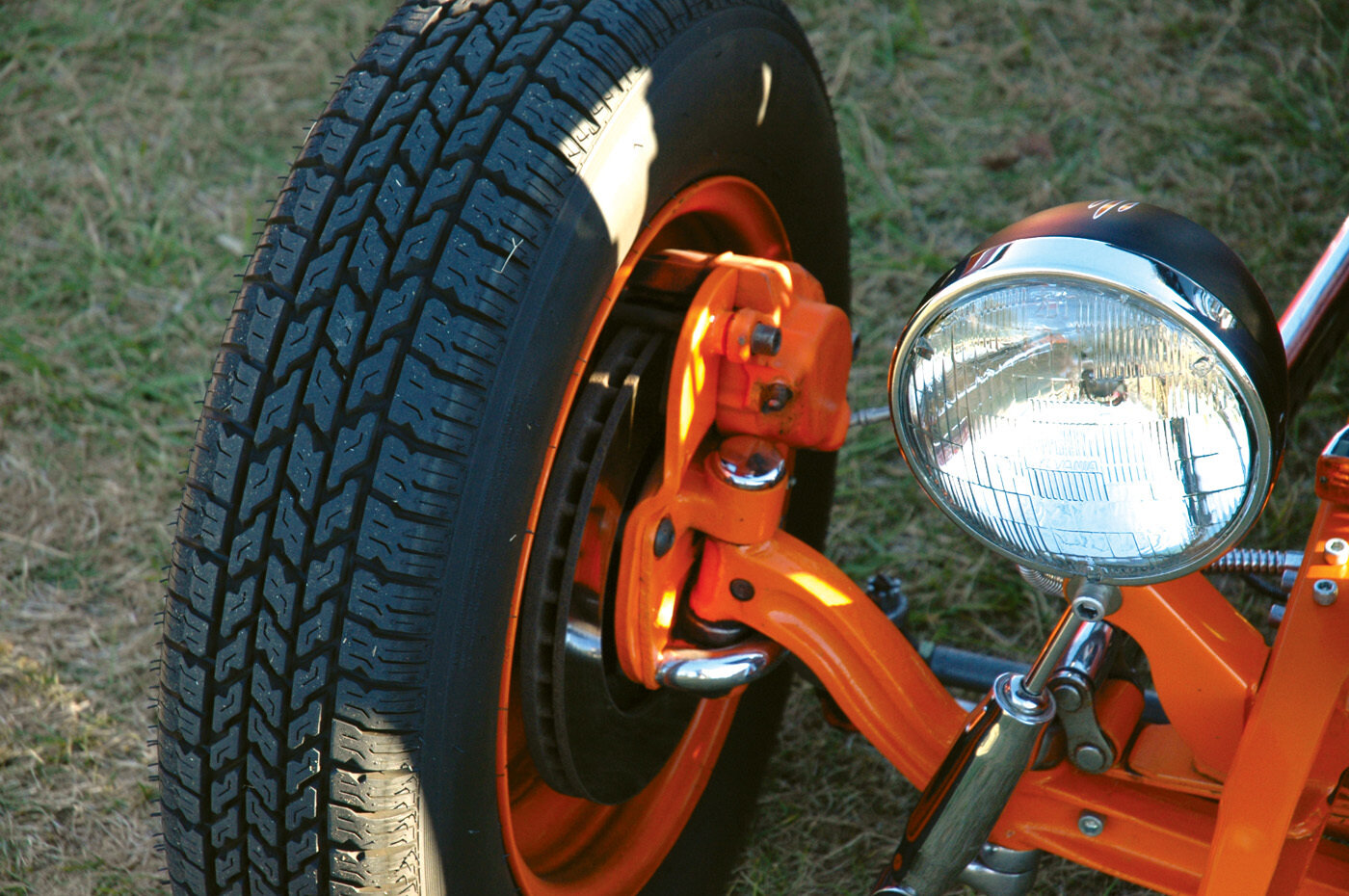
Choosing the right tires for your specialty car
By Jeff Zurschmeide
Picking tires involves both appearance and application. Obviously, a Bentley replica from the 1920s needs dramatically different tires than Cobra or Porsche Speedster reproductions. The wrong width and diameter not only look out of place, but also put stress on your chassis that the engineers never designed it to handle.
That’s because modern tire technology is dramatically better than anything available when most classic cars were originally designed. The change from bias-ply to radial tires in the late 1960s was the biggest jump, followed by the invention of shorter sidewall tires in the mid-1970s. Those advances, together with better rubber compounds, mean that today’s tires can grip the road with several times the force than initially available.
This increased cornering ability is great for driving, but what if your replica is using the same steering and suspension design originally developed for the car? These increased cornering forces are being transferred to your wheels, wheel bearings and hubs, ball joints or king pins, suspension arms, and even to the frame of the car itself.
While not necessarily immediately damaging, catastrophic failures do occur on occasion. Fortunately, there’s a lot you can do about it. If you plan to drive hard on performance tires, you can beef up the relevant components. You can reinforce those A-arms, Magnaflux your spindles, install double-bearing hubs, and make sure your wheels are up to the task. Chassis stiffeners underneath the car, and a well-attached four-point roll bar will help, too.
The next question to ask yourself is what do you really plan to do with the car? A show car that doesn’t drive very far or very hard obviously has very different needs from a vintage racer or even a pleasure vehicle. If you do plan to drive in competition, are you looking at drag racing, track racing or autocrossing? The kinds of driving you plan to do in your car should dictate your primary tire choice.
In addition, what about multipurpose cars? If you have a car that you show occasionally, but you still want to drive it around for fun or competition, your best bet is to invest in a second set of wheels. This can allow you to have a set of “dress shoes” and a set of “sneakers” for your car. With 15 minutes of light work, you can swap tires and be ready to go for any event.
The best part of having multiple tire sets is that if your car is of a vintage design, you can show it with period-correct bias-ply or balloon tires. Having authentic bias-ply tires and correct wheels is often a make-or-break difference with show judges, but driving on those tires is a punishment you don’t deserve.
Once you determine what kind of driving you plan to do, here are some tips on picking the right tires for your application.
Vintage tires
When it comes to getting period-correct rubber for your classic, you’re in luck. Not only are most sizes available, but even though they look vintage, you’re still getting the benefit of modern tire construction and rubber compounds. Most vintage tires were substantially narrower than their modern counterparts, so pay attention to finding the correct size. Coker Tire is among the leading companies for historically accurate tires in both vintage and modern sizes.
Street tires
When it comes to street tires, you’ve got a little more wiggle room than if you’re going for historical authenticity. In general, you can bump your wheel size by 2 inches and it won’t be obvious that you’ve made a big change. Your car will look better, but not in a, “Wow, that guy put huge wheels on his car” kind of way.
Keep an eye on your overall tire diameter, since it affects your final drive ratio. Shortening your tire diameter a little can benefit your car’s 0-60 mph times.
You can also go with a bigger tire and wheel combination and keep the same overall diameter if you select tires with a shorter aspect ratio. (The relationship of the section height to the section width.)
For example, if you go to a 60-series tire where the original car specified 70-series, you can often move up several sizes. If your car specified 185/70R15 tires, you can select a 215/60 on the same wheel, or a 195/60 if you want to change to a 16-inch wheel. To move up to a 17-inch wheel, the same diameter of tire requires a 235/45.
There’s a comprehensive tire size calculator at www.tiresize.com that will help you determine what will fit. This calculator gives both metric and inch measurements, so it will work for all kinds of tires.
One last comment on fitment: Be sure to consider tread width, and if possible, test-mount any new tire size to be sure it will clear your fenders, shocks and wheel arches.
Performance tires
If your car is built for speed, you really need the right high-performance tires (also known as summer tires) to maximize your results. In this category, you can forget period-correct tire sizes for cars designed before the 1950s, because they’re probably not available.
The situation is a little better for replicas of sports cars of the 1960s and 1970s. For example, if you’ve got any of the models based on the Lotus Super 7, the originals rolled on 13-inch wheels. Porsche Speedsters drove on 15-inch wheels, and many popular continuation cars also use standard domestic 15-inch wheels.
In this class, manufacturers divide tires into Grand Touring Summer, High Performance Summer, Ultra High Performance Summer, Max Performance Summer, and Extreme Performance Summer categories. If you want to keep to a period-correct tire size, you’re often limited to Grand Touring or High Performance categories. By the time you get to Max Performance, you’re into 17-inch or larger tires that need 10 inches or more of wheel width, for 35-series sidewalls.
But unless you’re headed to the track, the High Performance category should give you plenty of grip. The 15-inch tires in this category include the Pirelli P600, and Vredestein even makes the Sportrac 5 to fit a 14-inch wheel. There are fewer options available for 15-inch wheels in Ultra High Performance, but the BFGoodrich g-Force Sport COMP-2 is available, as well as the Dunlop DIREZZA DZ102.
Competition tires
Paradoxically, you can find better tire selection for small rim diameters in competition tires than you can for performance street tires. This is because many vintage and club racing rule sets specify a stock original rim diameter. Tires like the Toyo Proxes R888 are available in a range of sizes from 13- to 20-inch rims. The Hoosier A7 and R7 are all but racing slicks, and available in a wide variety of sizes from 13- to 19-inch wheels. The BFGoodrich G-Force R1 is available in 15-inch sizes.
For drag racing, Hoosier makes the D.O.T. Drag Radial in 15- through 18-inch sizes, and Toyo offers the Proxes TQ.
For any competition use, be sure to read the relevant competition regulations thoroughly before investing in wheels or tires. This is just as true for club autocross competition as for vintage or national racing.
The bottom line on tire choice is that the quality and selection available has never been better. The competition rubber we have today will give you more grip than anyone had in the 1960s. Street tires will do a better job in rain than tires of even 15 years ago. And if you’re looking for vintage rubber, it’s out there, and often with a modern compound and tread design. The best part is that these tires will also last much longer than older tires did. The tires you buy for your specialty car today may be the last set you ever have to buy for that car.

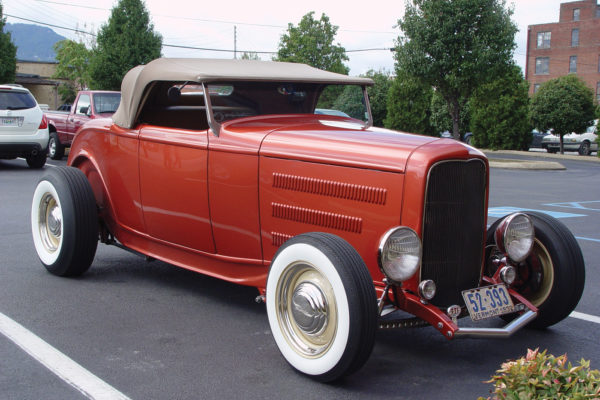
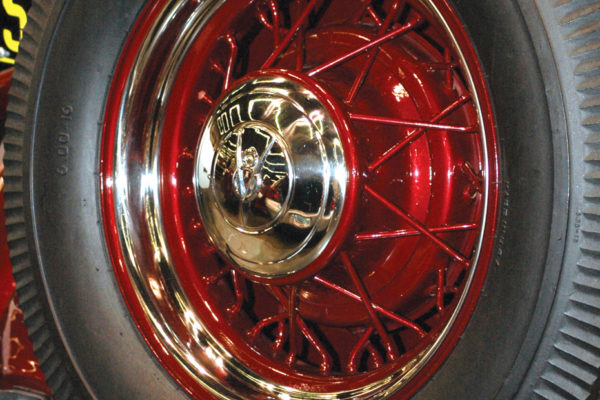
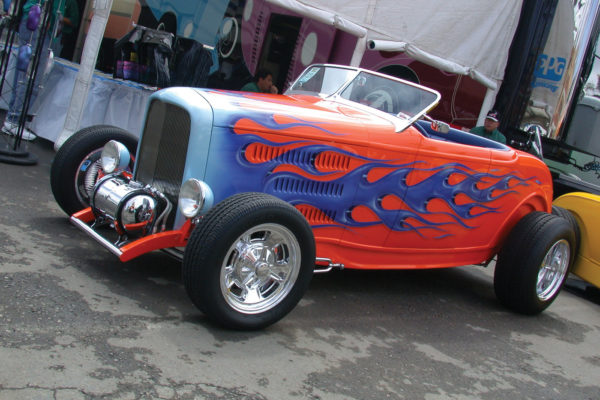
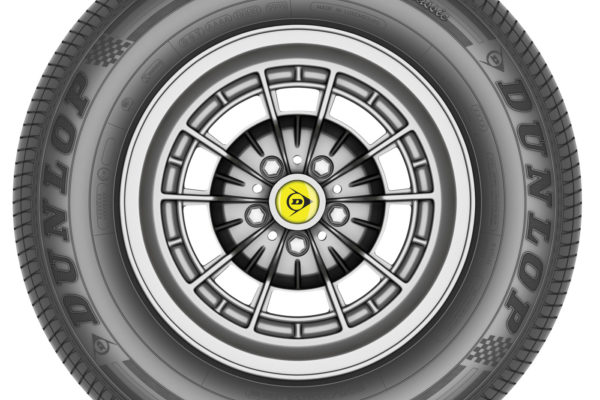
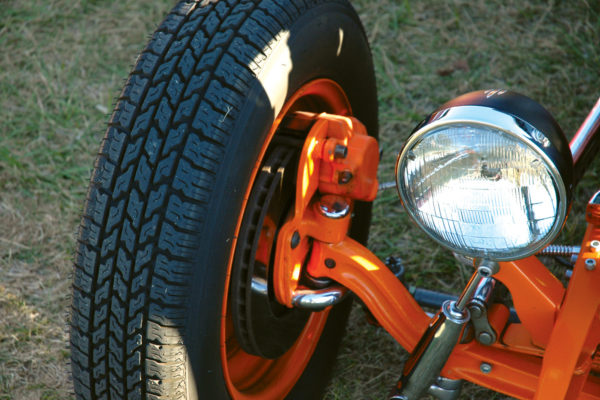
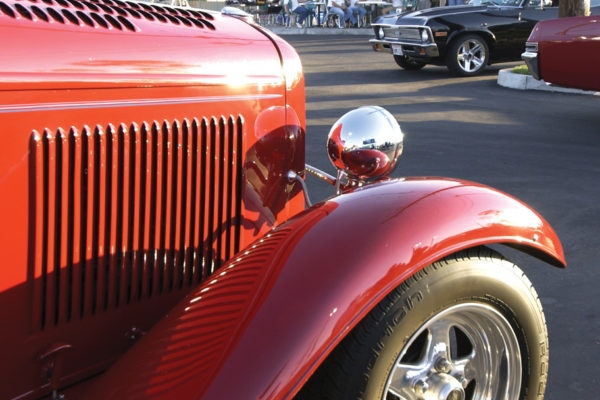
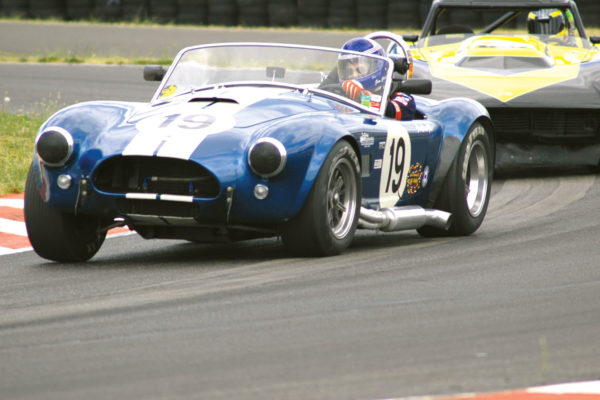
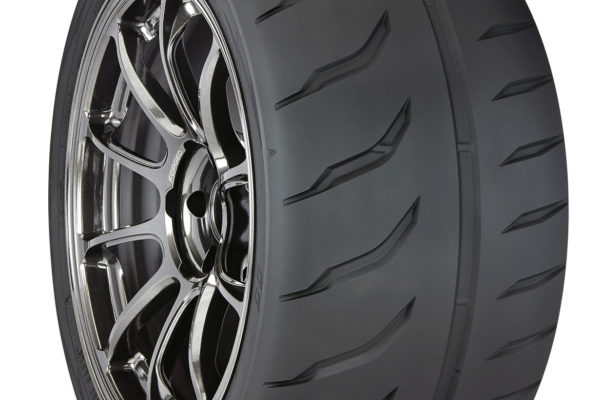
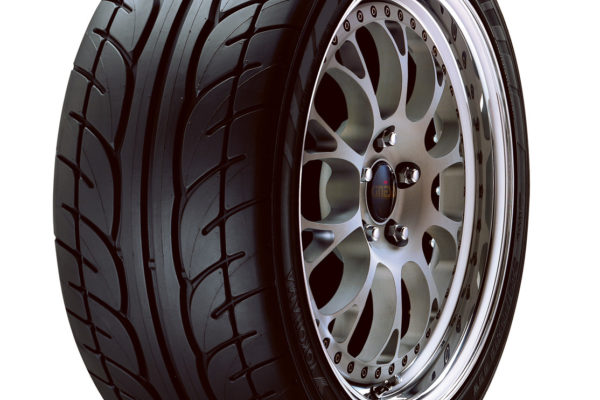
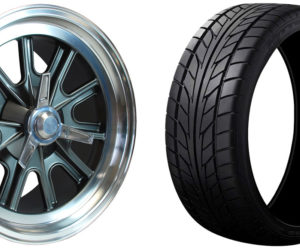
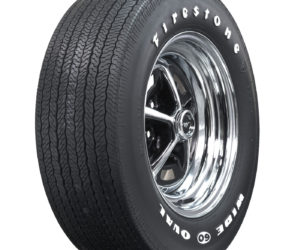
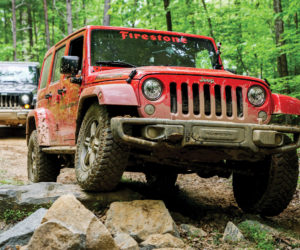
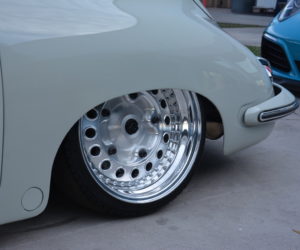
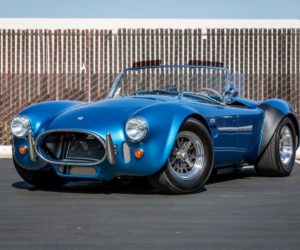




Comments for: Rubber Match
comments powered by Disqus